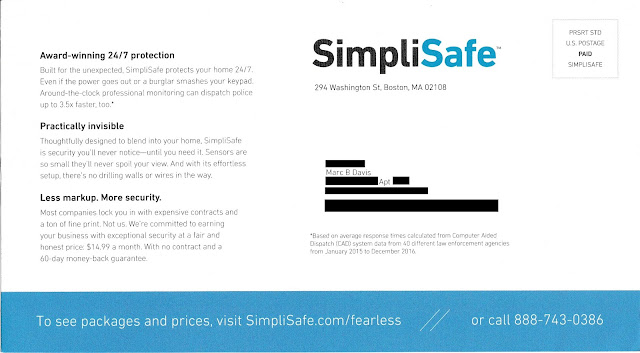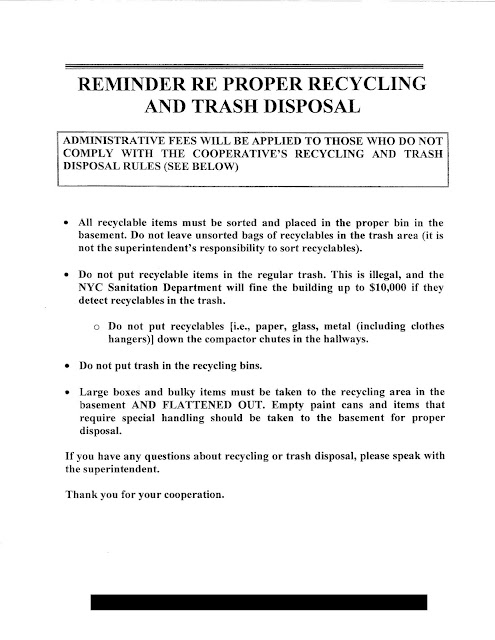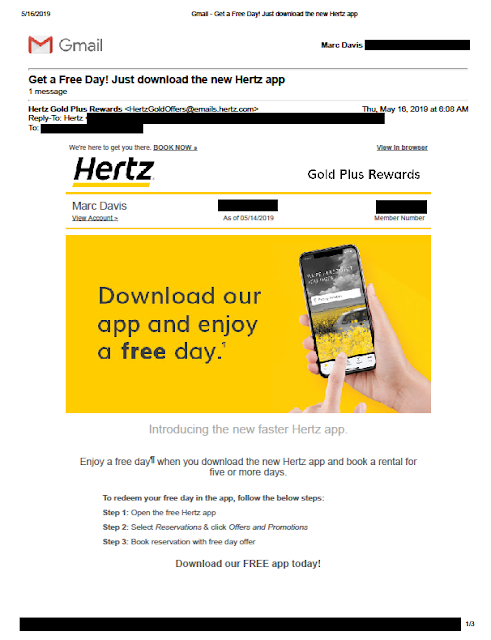 |
| Red Cross Solicitation: Front of Outer Envelope |
That’s what I’m asking myself after receiving this charity
solicitation from the American Red Cross. Every other charity
solicitation I have received this holiday season included a message on the
envelope -- what is known in industry jargon as a teaser. However, this Red
Cross solicitation not only did not include a teaser, the envelope was completely blind.
There is no indication that this is from the Red Cross, not even a return
address.
Is this a Fail for Creative? I don’t know. Intuitively, I think so. But I can’t be
a focus group of one because I'm so enthusiastic about direct mail marketing, I open and read everything I receive (besides, the concept of being a focus group of one is dangerous).
There are several schools of thought on whether teasers make sense. Some POVs from people with non-profit direct mail experience include this blog post suggesting that, because most teasers are simply not very good, a non-profit is better off without one. A similar POV from Mary Chalane suggests that, if a non-profit uses a teaser, it needs to be worthwhile.
 |
| Back of Outer Envelope |
There are several schools of thought on whether teasers make sense. Some POVs from people with non-profit direct mail experience include this blog post suggesting that, because most teasers are simply not very good, a non-profit is better off without one. A similar POV from Mary Chalane suggests that, if a non-profit uses a teaser, it needs to be worthwhile.
 |
| Donation Solicitation Letter front |
 |
| Donation Solicitation Letter back |
 |
| Front of Business Reply Envelope includes branding in color |
 |
| Back of Business Reply Envelope |
Perhaps Red Cross A/B tested the blind envelope against one with a teaser. Perhaps it tested against several teasers and an envelope displaying only their logo, and the blind envelope kept winning. If the test took place in the summer, perhaps it should try testing against a holiday-themed envelope in December when consumers’ hearts and checkbooks are more likely to be open.
My creative intuition could be right, or it could be wrong. The only way to know for sure is to test. Happy holidays.
Lessons:
- Know your strength of your brand.
- Maintain a Control package, but test against it at times relevant to your audience.




































